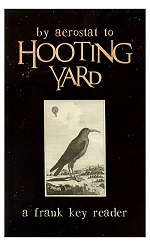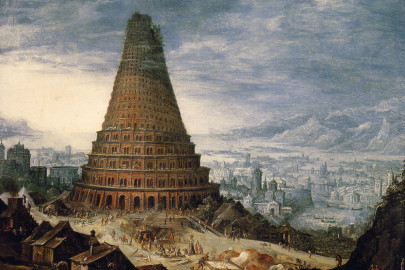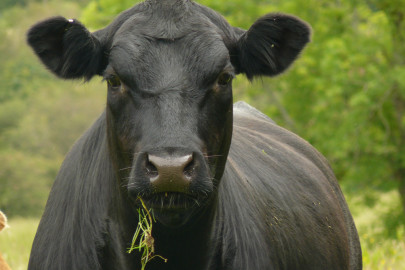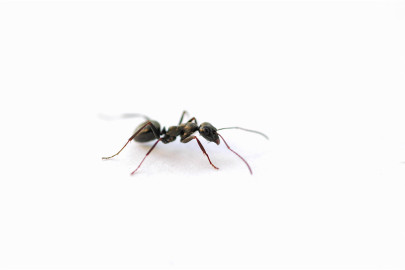Since Numan posed his seminal question concerning friendship and electricity, many renowned thinkers have attempted to answer it. But have they ever really succeeded?…
A generation ago, the aeroplane pilot and sage Numan asked “Are friends electric?” It was pertinent then, and is perhaps more so now. Over the years, many thinkers have grappled with Numan’s question, but it is fair to say that none has been able to give a satisfactory answer. Much publicity was generated when Pilbrow published his big fat Symposium on the problem. The garlanded laureate of pseudo-sci-fi hermeneutic psychobabble persuaded over a hundred movers, shakers, and hysterics to respond to the poser put by Numan, and then toured the radio and television studios giving inaccurate summaries of their replies. Few who saw it will forget the Newsnight appearance when Pilbrow’s pretensions were comprehensively demolished by weatherman Daniel Corbett, who strode across the set from his meteorological map and literally tore a copy of the Symposium to shreds before Pilbrow’s – and Jeremy Paxman’s – eyes. It was a cheaply-produced paperback edition of the book, with weakly-glued binding, but Corbett’s feat was no less impressive for that.
Since that watershed, there have been other, muted responses to Numan, appearing for the most part tucked away in little-read specialist journals or inserted at the tail-end of lectures delivered in draughty, half-empty civic halls in the depths of winter. The question remains cogent. The responses have, almost invariably, shirked its implicit challenge.
Until now. For last week, Blodgett commandeered space in all the major newspapers to announce his answer. “Are friends electric? No!” it read, in big bold letters, and then, in smaller type, continued “Not my friends, at any rate. My friends are made of gas.”
Blodgett went on to describe the small band of his pals who appear to him in the form of clouds of luminous, and sometimes volatile, gas. Anticipating the charge that he is subject to hallucinations, he refutes it with aplomb. Blodgett’s gas friends shimmer around him, he says, ethereal, mercurial, and insubstantial, but boon companions still. He gives the example of his friend Abu Qatooba, a friend composed of particularly volatile gas, an Islamic fundamentalist gas-form forever railing against the iniquities of pretty much everything he disagrees with and threatening to behead sinners and apostates and infidels. Blodgett is himself an infidel, of course, and this has led some critics to claim that he is making up all this stuff about a gang of friends made out of gas who hover around him. He is keen to dispel the impression that his chums are ghosts or wraiths. “They are as real as you or I,” he writes, “Completely human, with human virtues and vices. But they are formed of gas clouds. Abu Qatooba and I disagree on many points, but I count him as my friend because I admire his striking beard, also of course made out of gas, and his amusing tendency to fly off the handle at tiny provocations.”
Blodgett gives fewer details of his other gas-pals, although he finds room to mention Daisy Blunkett, a blind widow-woman with a gas guide dog, and Anhopetep, an ancient Egyptian gas pharaoh. He explains that when they are not by his side, his friends flit from place to place, sometimes together in a gang and sometimes apart, and try to strike up friendships with others. They have met with little success in doing so, and Blodgett puts the blame firmly at Numan’s door.
“Intentionally or not, Numan planted the idea in people’s heads that in future their friends would be electric,” he writes, “Thus today’s citizens are less open to the idea that they may have friends made out of gas. This is a great pity. I have found companionship and joy with my little band of gas pals. They have much to offer in the hurly burly of contemporary life, and I urge each and every one of you to put out the hand of friendship to members of the gas community. Next time you are waiting at the bus stop and notice a cloud of luminous gas approaching you, take that bold step. Shed your Numanoid prejudices and greet that gas-cloud as a compadre. You can make a difference.”
Blodgett has been hoping to appear on Newsnight to further his cause, but the producers are somewhat wary after the Pilbrow incident, and have no plans to invite him on to the programme.












